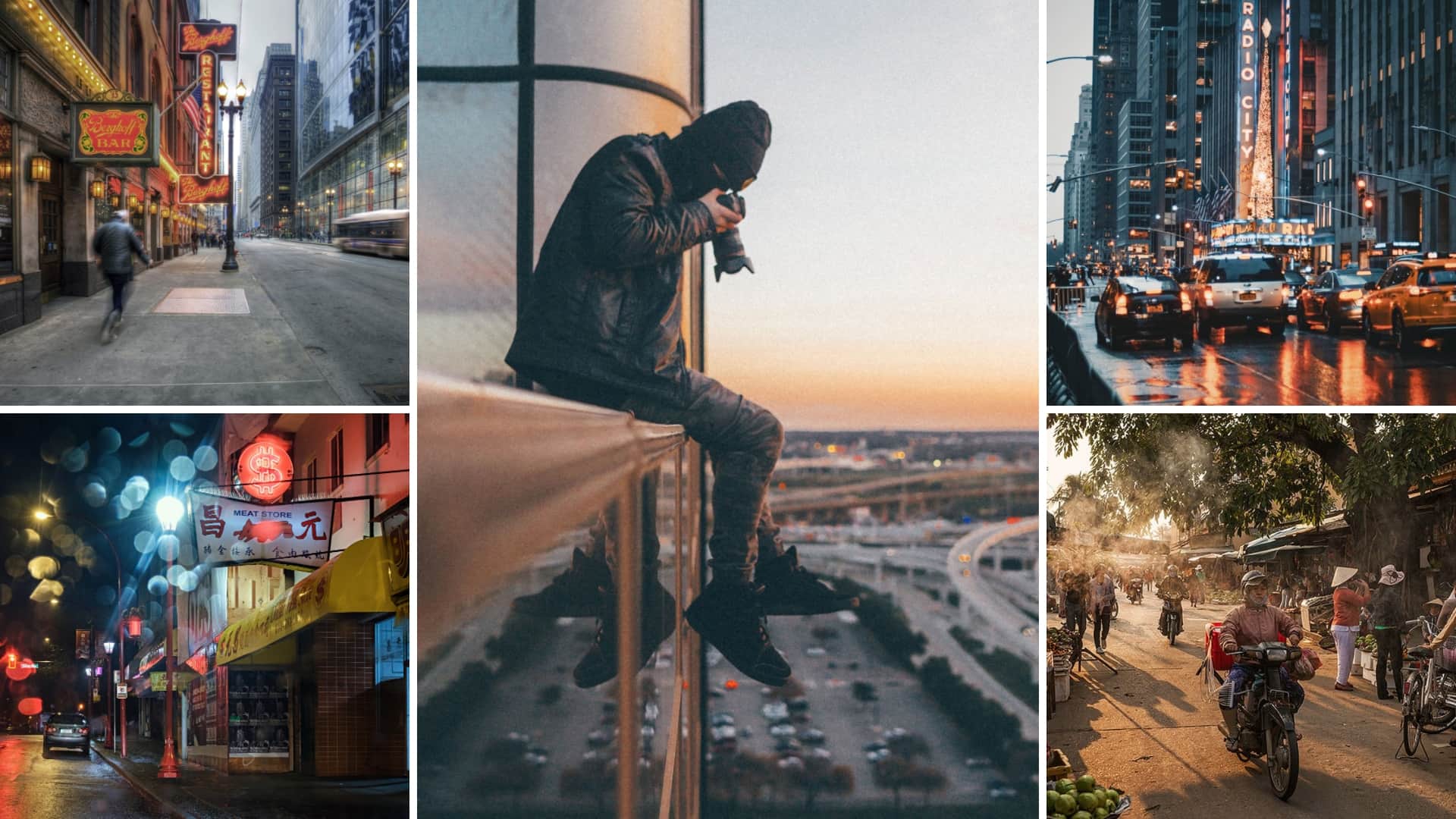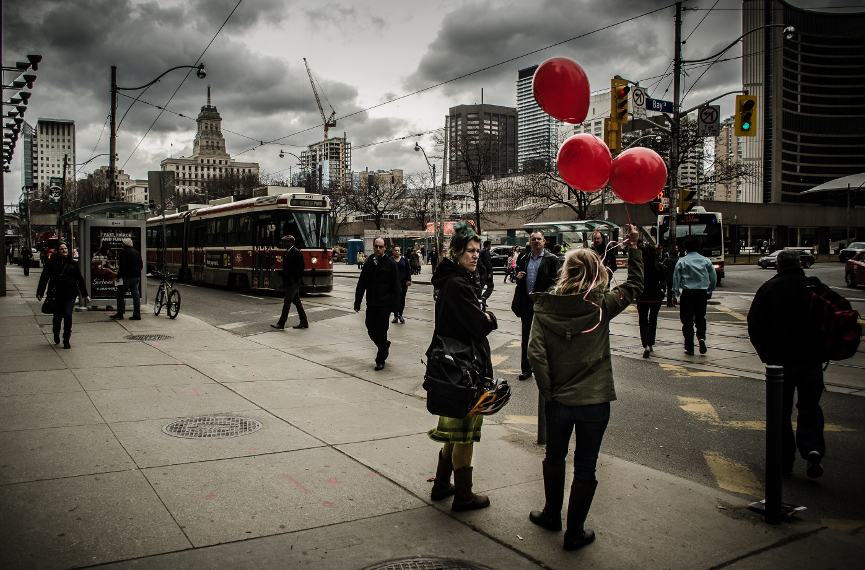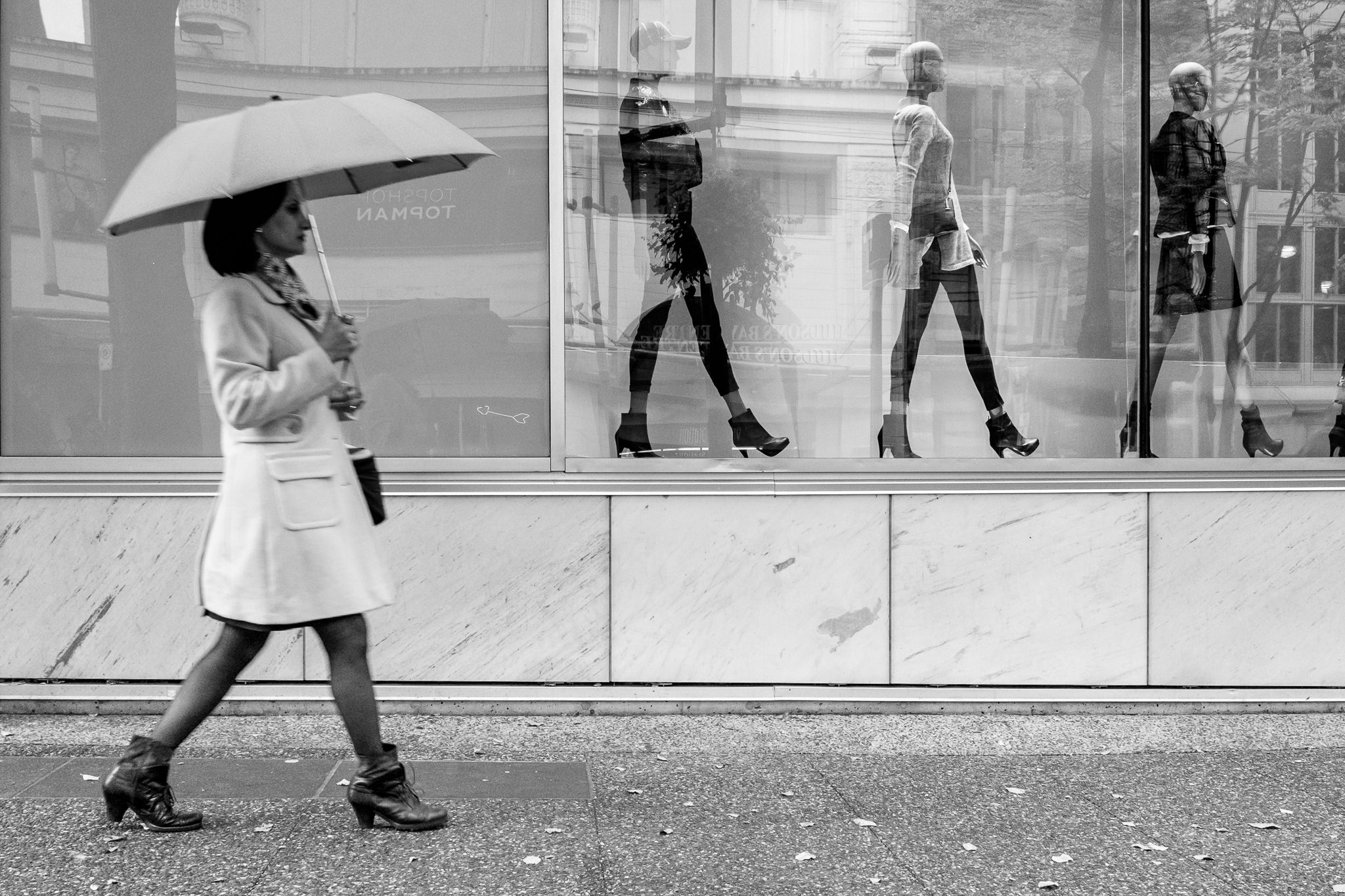Framing Streets Can Be Fun For Everyone
Framing Streets Can Be Fun For Everyone
Blog Article
An Unbiased View of Framing Streets
Table of ContentsAn Unbiased View of Framing StreetsHow Framing Streets can Save You Time, Stress, and Money.Not known Incorrect Statements About Framing Streets The Ultimate Guide To Framing StreetsThe 10-Minute Rule for Framing StreetsA Biased View of Framing Streets
Digital photography category "Crufts Dog Program 1968" by Tony Ray-Jones Street digital photography (also in some cases called honest photography) is digital photography performed for art or query that features unmediated possibility encounters and arbitrary events within public places, generally with the objective of catching photos at a decisive or emotional moment by mindful framing and timing. 
His boots and legs were well defined, but he is without body or head, since these were in movement." Charles Ngre, waterseller Charles Ngre. https://giphy.com/channel/framingstreets1 was the first photographer to achieve the technological sophistication needed to sign up people in motion on the street in Paris in 1851. Professional Photographer John Thomson, a Scotsman collaborating with journalist and social lobbyist Adolphe Smith, published Road Life in London in twelve monthly installments starting in February 1877
What Does Framing Streets Mean?
Eugene Atget is considered a progenitor, not since he was the very first of his kind, but as a result of the popularisation in the late 1920s of his document of Parisian roads by Berenice Abbott, who was inspired to undertake a similar documents of New York City. [] As the city created, Atget assisted to promote Parisian streets as a worthy topic for photography.

7 Easy Facts About Framing Streets Explained
The chief Mass-Observationists were anthropologist Tom Harrisson in Bolton and poet Charles Madge in London, and their very first record was generated as guide "May the Twelfth: Mass-Observation Day-Surveys 1937 by over two hundred resource onlookers" [] Home window cleaner at Kottbusser Tor, Berlin, by Elsa Thiemann c. 1946 The post-war French Humanist College professional photographers discovered their topics on the street or in the restaurant. In between 1946 and 1957 Le Groupe des XV each year exhibited work of this kind. Andre Kertesz. Circus, Budapest, 19 May 1920 Road photography formed the major material of two exhibits at the Museum of Modern Art (Mo, MA) in New York curated by Edward Steichen, Five French Photographers: Brassai; Cartier-Bresson, Doisneau, Ronis, Izis in 1951 to 1952, and Post-war European Photography in 1953, which exported the idea of road digital photography worldwide.

The Greatest Guide To Framing Streets
, after that an educator of young children, associated with Evans in 193839.'s 1958 book,, was considerable; raw and frequently out of focus, Frank's pictures questioned conventional photography of the time, "challenged all the formal rules laid down by Henri Cartier-Bresson and Walker Evans" and "flew in the face of the wholesome pictorialism and sincere photojournalism of American magazines like LIFE and Time".
Report this page